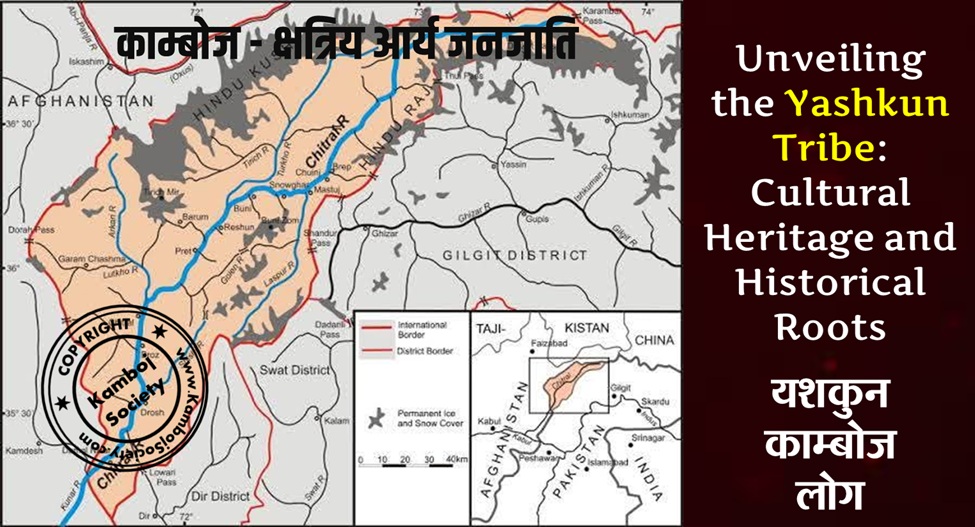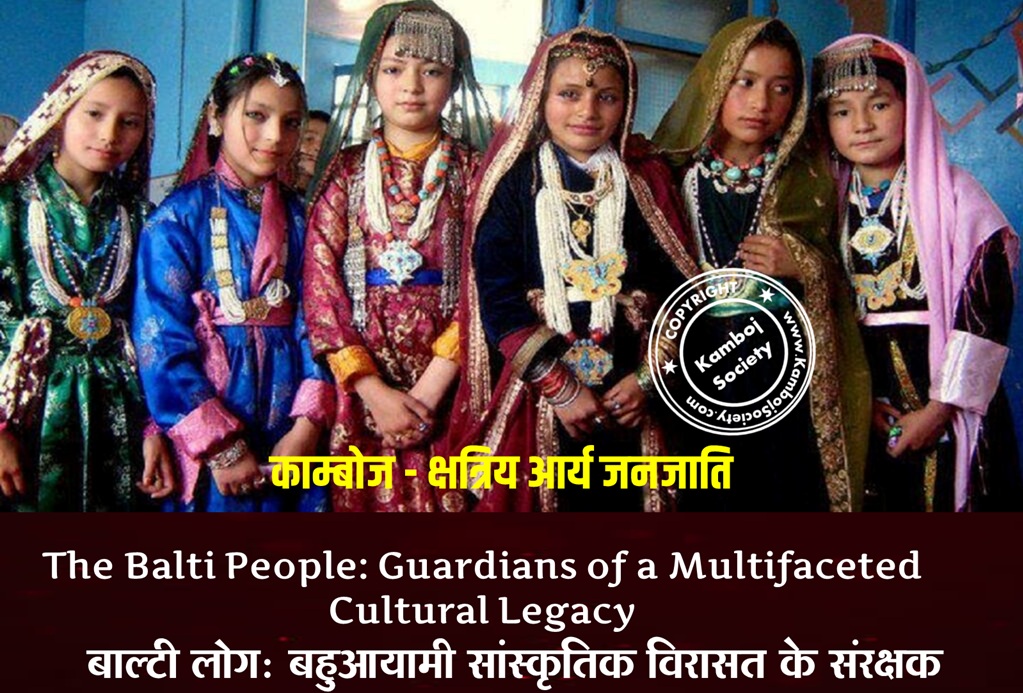Mehrok or Mahrok - A Kamboj clan

Mahroks have their lineage to king Mahrokole. They are said by some to be ancient inhabitants of Persia and the Karnal Kambojas(Mahroks)trace their origin from Ghar Gazni.
After the great Mahabharta under the leadership of King Sudakshna. Mahroks fought valiantly from Kauravas side but lost and the armies dispersed in the forests of Kurekshetra and karnal and the dream of being victorious was left in tatters. Being kashatries it was dishonorable to return back. The mahroks belonging to this tree belonged to Raja Jai Chand from Ghar Gazni, at that stage a section of them moved up the Ghaggar ,perhaps then a permanent river flowing into the Indus and there gained for them selves a position of some importance again.(About 1409 the ancestors of one Manga Mahrok settled down in a small village called Hanso Majra (now in district Kaithal, Haryana).
In the year 1410 Manga Mahrok was born in the same village and with the birth of Manga Mahrok the seeds of this great Mahrok Family Tree were sown About 1409 the ancestors of one Manga Mahrok settled down in a small village called Hanso Majra (now in district Kaithal, Haryana). In the year 1410 Manga Mahrok was born in the same village and with the birth of Manga Mahrok the seeds of this great Mahrok Family Tree were sown. During the span of 500 years this tree has grown enormously with its branches and off shoots grown all over India and crossing the seven seas have established their own ground in various countries.During this time, the branches from various trees of different races, castes joined up with this mighty Mahrok tree, making it even bigger, mightier and stronger. At various times and with the demand of the circumstances this tree bore fruit, such as:
- Bhai Mahi Singh
- Bhai Naghiya Singh
- Shaheed Bhai Mani Singh
- Shaheed Baba Sukha Singh
- Bhai Nannu Singh
- Sardar Natha Singh
- Sarder Bahadur Captain Ram Singh
In the mid medieval some prominent members of this tree have been keenly associated with the Sikh Gurus and have played a prominent role in the creation of the Khalsa.
In the year 1699 when Sri Guru Gobind Singh created a new nation of Sant Sipahies to wage a just war against the continued repression and tyranny of the Moguls against the inhabitants of a disunited and disintegrated Hindustan. There in one corner was sitting his childhood friend and confident Bhai Mani Singh watching his friend transforming the demoralized people into a nation of Lions, which came to haunt the Moguls at a later date.
Bhai Mani Singh was a literary genius, who wrote the first Guru Granth Sahib while Guru Gobind Singh uttered the holy sermons. Bhai Mani Singh has many literary works to his credit such as:
Gyan Ratnawli Bhagat Ratnawli
7th December 1738 was the day when Bhai Mani Singh was hacked to death by the Lahore Suba.
He gave away his life protecting the principals of Sikhism. On the place at Lahore stands The Gurudwara Shaheed Ganj and will remain there for centuries to come.
Later from this tree Baba Sukha Singh Mahrok along with Sardar Mahtab Singh avenged the desecration of Golden Temple by beheading Massa Ranggar in the holy temple. Massa Ranggar used the holy temple premises as a place of entertainment with the ladies of ill repute. Baba Sukha Singh restored the holiness of the place with the help of other warrior saints of that time.
Sardar Natha Singh Mahrok , who was the Musahib (ADC) to Kanwar Nau Nihall Singh at the courts of Maharaja Ranjit Singh , and later on the Killadar of Shahpur Killa . After the Sikh wars with the British and subsequently the Sikhs defeat due to deceit and treachery of the Jats and Dogra Misals , the whole of the Sikh army was merged with the British army and a new regiment 19 Punjabi Sher Dal Platoon was raised . Sardar Natha Singh served meritoriously at various campaigns. Such was his honesty that the British assigned him along with four of his confidants to ferry the famous Kohinoor Diamond to Calcutta in route to London. This Diamond still shines in the crown of Queen Mother the Queen Elizabeth.
Sardar Bahadur captain Ram Singh, as the British Army addressed him was my great Grand Father. Keeping with the army tradition joined the Maharaja of Patiala army, but later on not being satisfied with the challenges there, he joined the British army in the 15th Sikhs known as the LOODIANA SIKHS by the British. Like his father he fought at various fronts, Sudan War 1884-85 and 1897-98 Northwest frontiers of India. Later on joined in the Royal Coronation of King Edward vii In London in 1902.He was awarded the Order Of British India, India General Service Medal, Sudan war Bronze Medal and a Gold Medal presented by the King Edward vii.
Deepak Kamboj started and conceptualized the powerful interactive platform - KambojSociety.com in September 2002, which today is the biggest and most popular online community portal for Kambojas in the world. He was inspired by the social and community work carried out by his father Shri Nanak Chand Kamboj. He has done research on the history, social aspects, political growth and economical situation of the Kamboj community. Deepak Kamboj is an author of various articles about the history of Kamboj community and people.










